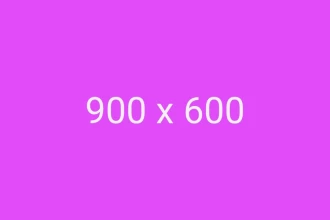UNDERSTANDING EDGE ID IN PAPERCRAFT

Papercraft is a fascinating hobby that involves creating three-dimensional models from sheets of paper. The process can be intricate, especially when dealing with complex models. One concept that is crucial to understand in papercraft is the “Edge ID”.
What is Edge ID?
The term “Edge ID” refers to a unique identifier assigned to the edges of paper model pieces that need to be glued together. It is a system that simplifies the construction of complex models by clearly indicating which parts connect to each other.
How does Edge ID work?
In the context of papercraft, each edge of a paper model piece is assigned a unique ID. When you are ready to assemble the model, you simply match the edges with the same ID and glue them together. This ensures that each piece is placed in the correct position, contributing to the overall structure of the model.
For instance, in the Papercraft tool by rodrigorc on GitHub, each edge ID consists of the opposite piece name followed by a colon and the edge number. Edges with the same number are meant to be glued together.
Why is Edge ID important?
Edge ID is particularly useful when working with complex papercraft models that consist of many pieces. It eliminates the guesswork involved in figuring out which pieces go together, making the assembly process smoother and more enjoyable.
Moreover, using Edge ID can significantly reduce the chances of making mistakes during the assembly process. This can save you a lot of time and frustration, especially when working on large and intricate models.
Conclusion
Understanding the concept of Edge ID can greatly enhance your papercraft experience. It not only simplifies the assembly process but also ensures the accuracy of the final model. So, the next time you pick up a sheet of paper to create a model, remember the Edge ID – your key to successful papercrafting!